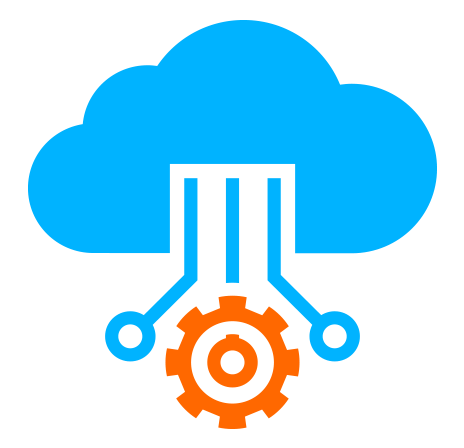 Server
Colocation
Server
Colocation
 CDN
Network
CDN
Network
 Linux Cloud
Hosting
Linux Cloud
Hosting
 VMware Public
Cloud
VMware Public
Cloud
 Multi-Cloud
Hosting
Multi-Cloud
Hosting
 Cloud
Server Hosting
Cloud
Server Hosting
 Kubernetes
Kubernetes
 API Gateway
API Gateway

A text-based user interface called Command Line Interface (CLI) enables users to interact with a computer’s operating system or an application through textual commands in a console or Terminal. While GUI is based on the concept of Windows, icons, and buttons, CLI requires the commands in the form of text input and hence is of significant advantage to efficient users, especially in programming and system administration.
The command line concept was developed in the mid-1960s and was considered more interactive than non-interactive interfaces like punched cards. Sometimes, the users typed words written in black and white in the text to control early computers, leading to the command-line interfaces of today. Throughout the years, as GUIs became more famous for being easy to use, CLIs remained important for various technical duties.
Upon opening a CLI, users will see a command prompt, signaling readiness for input. It is also possible for the users to enter commands with parameters and options to enable the execution of the required functions. In a Unix-based system, the ls command is used to list files in the current directory, and the ‘-l’ is an option that changes how the command works by displaying the files in detail.
The CLI interprets the command entered in the interface and proceeds to perform the action. The result of a command or an error message will appear in the terminal window as output. This communication enables users to effectively oversee files, execute programs, and customize system configurations.
There are different operating systems in the world, and each operating system has its command line interface, which has its unique set of commands and syntax:
Windows: The two primary interfaces for Windows are the Command Prompt and the PowerShell, with the latter having the scripting and automation capacities.
Linux: Bash is a shell for Linux, and it is the default command line interface of Linux. The most famous application is its ability to script, which is the basis of many Linux operating systems.
MacOS: It is called Terminal; the application in MacOS utilizes typical Linux commands that will access the Unix system.
- Speed and Efficiency: CLIs enable users to execute commands quickly without navigating multiple menus. This is especially advantageous for tasks done repeatedly, as commands can be put together into scripts to automate them.
- Resource Efficiency: While GUIs need additional system resources to render graphics, CLIs are less demanding and can operate on systems with restricted resources. This makes them ideal for server environments and older hardware.
- Granular Control: Command-line interfaces provide more detailed control over system functions than GUIs. Users can access advanced features and settings that may not be available through graphical interfaces.
- Scripting and Automation: CLIs support scripting languages, allowing users to automate complex sequences of commands. It is helpful for system administrators who manage complex networks or regularly perform maintenance tasks.
Remote Management: Remote administration allows system administrators to manage servers and applications that are physically located several miles away.
Despite their advantages, command-line interfaces have some drawbacks:
Steeper Learning Curve: For users unfamiliar with command syntax, CLIs can be intimidating. Memorizing commands and their options requires time and practice.
Lack of Visual Cues: Unlike GUIs, which provide visual feedback and guidance, CLIs rely solely on text input. This can make it challenging for new users to understand available options or commands.
Error-Prone: Typographical errors in command input can lead to unintended results or system errors. Users must be careful when entering commands to avoid mistakes.
Here are some common commands used in various command-line interfaces:
Windows Command Prompt:
- Dir: Lists files and directories in the current folder.
- cd: Changes the current directory.
- copy: Copies files from one location to another.
Linux Bash:
- ls: Lists files and directories.
- mkdir: Creates a new directory.
- rm: Removes files or directories.
In conclusion, a Command Line Interface (CLI) is a reliable tool that allows one to enter text commands to interact with the computer system. However tricky, its learning and usage, efficiency, versatility, and accreditation make it compulsory for developers, system administrators, and other advanced users. As mentioned above, mastering how to manipulate a CLI can significantly enhance one’s capacity to manage and tune computer systems, which is valuable in the modern world where technology plays a dominant role.

Let’s talk about the future, and make it happen!
By continuing to use and navigate this website, you are agreeing to the use of cookies.
Find out more


